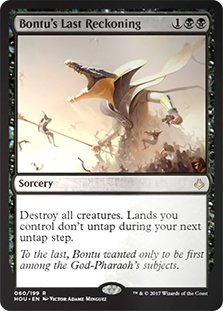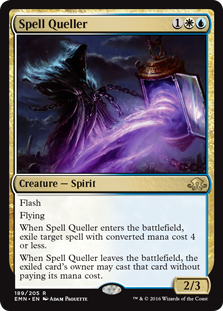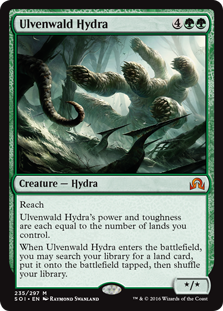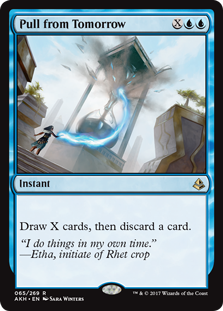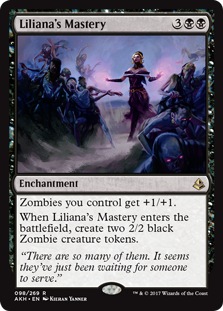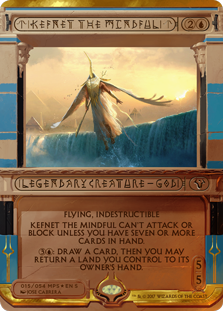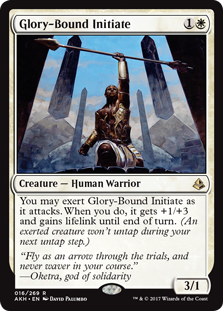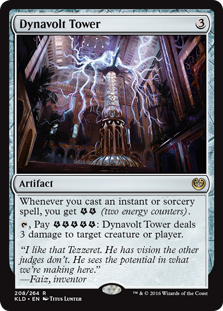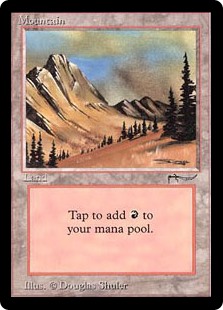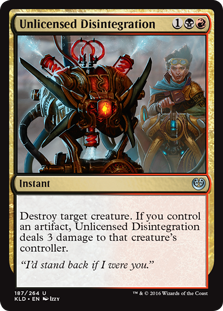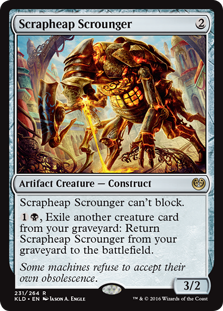Nicol Bolas, God-Pharaoh is Already Getting Around
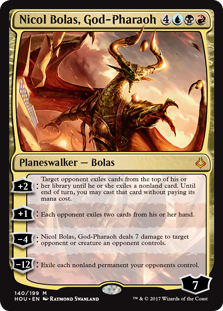
Nicol Bolas, God-Pharaoh is already exceeding expectations
Nicol Bolas, God-Pharaoh in a Planeswalker Control Deck
Michael Hamilton opened up the new season with a win. Nicol Bolas, God-Pharaoh made a one-of appearance in his [otherwise] Jeskai Control deck.
A dedicated Planeswalker control deck with lots of cards that can interact with the opponent’s threats is a great home for Nicol Bolas. It’s a redundancy on your other permanents, can borrow against the architecture of the rest of your deck, and ultimately just presents an even more powerful threat than the rest of your deck.
Bolas Beatdown
You can play an Energy Aggro deck, complete with Longtusk Cub and Bristling Hydra… And just finish with Bolas.
This use of the card just requires you to deal thirteen damage in the first seven turns. Pretty trivial, right? You can just play the big Planeswalker for seven, to deal seven. Not only is Nicol Bolas the best “Demonfire” we’ve had in years (especially given the seven-for-seven mana cost)… If for some reason something went wrong, you would still have a Planeswalker to help over the next few turns.
An Energy deck is actually particularly great for this… Because Energy is somewhat spotty to come by, you might find yourself stranded with Nicol Bolas in hand, but not the mana to cast it. The Aether Hubs of the Energy strategy go a long way in ensuring the solo black (or whatever is needed) is available, versus being stranded as a colorless.
Meanwhile…
With Bolas at both extremes of the metagame, there remains a wide number of decks, from Mono-Red StOmPy to U/R Prowess Burn. This podcast covers them all most:

